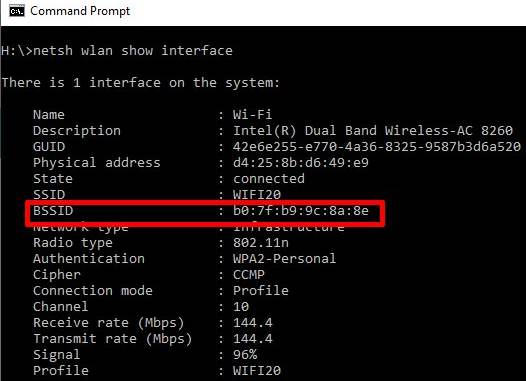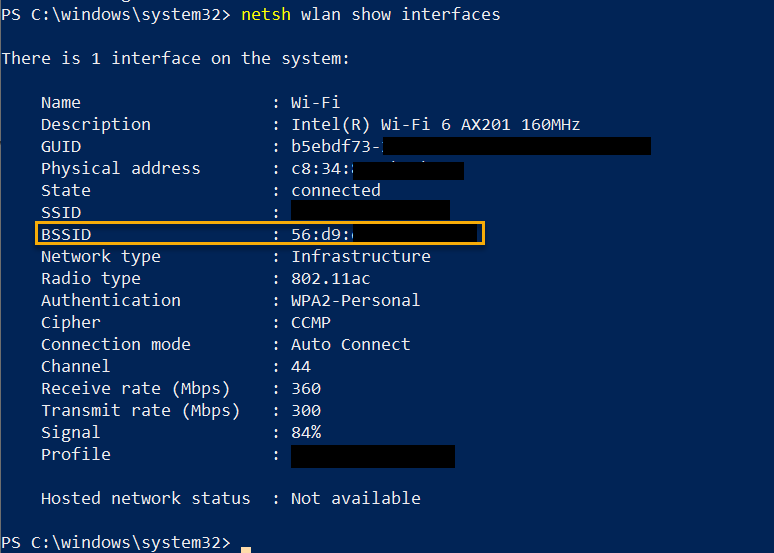


This will generate a wireless network report that’s saved as an HTML file, which you can open in your favorite web browser. In the search box on the taskbar, type Command prompt, press and hold (or right-click) Command prompt, and then select Run as administrator > Yes.Īt the command prompt, type netsh wlan show wlanreport. Where of course ap precedes the BSSID you just identified.The wireless network report is one of the more useful tools in Windows 10 that can help you diagnose Wi-Fi connection problems. Now you specify you want to connect to the specific AP: sudo iwconfig wlan0 essid MySSID_NAME ap f8:1a:67:aa:7f:b9 Next, you will have to free your interface of any previous IPĪddresses, just in case: sudo ip link set wlan0 down Information elements from Probe Response frame: Lot of output, among which you will find something like: BSS f8:1a:67:aa:7f:b9 (on wlan0) - associatedĬapability: ESS Privacy ShortPreamble SpectrumMgmt ShortSlotTime (0x0531) (if you are using wlan0 as your wireless interface) will produce a Then you need to identify the BSSID of the AP you wish to join: the You can do it by connecting to the AP manually.įirst, it is easiest to turn off network manager, if you are running Please consider voting there if this helps you. This answer was first posted by MariusMatutiae on SuperUser. Subsequent connections can be made via the network icon in the notification area by the name created. The command will also add the connection info to the /etc/NetworkManager/system-connections location. If you were already previously connected to a different network, it will be replaced with the one specified in the command.

The latter won't prompt for a password but will connect to the specified network by the BSSID in the command. You could enter the password on the commanline (may be a security concern): $ nmcli d wifi connect XX:XX:XX:XX:XX:XX password "mypassword" That command will give you a GUI prompt for the password. The cli for the connection to the BSSID is: $ nmcli d wifi connect XX:XX:XX:XX:XX:XX TWCWiFi-Passpoint XX:XX:XX:XX:XX:XX 80 ▂▄▆_ * Apollo III (TWC) XX:XX:XX:XX:XX:XX 98 ▂▄▆█ The lines following the command is the output.) $ nmcli -f in-use,ssid,bssid,signal,bars dev wifi You can use Network Manager's cli interface, nmcli.


 0 kommentar(er)
0 kommentar(er)
